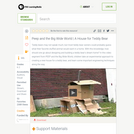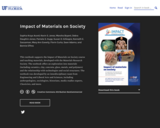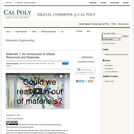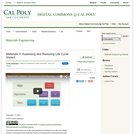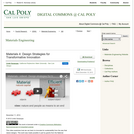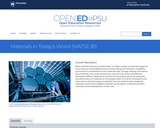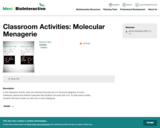
This resource is a video abstract of a research paper created by Research Square on behalf of its authors. It provides a synopsis that's easy to understand, and can be used to introduce the topics it covers to students, researchers, and the general public. The video's transcript is also provided in full, with a portion provided below for preview:
"For more than 5,000 years, metals and alloys have been formed in roughly the same way—propelling civilization from the Bronze Age to the Industrial Revolution and to the Aerospace Age. Now there’s a new technique on the horizon that could help us take another big leap forward. It’s called high-entropy alloying, and the latest Focus issue of the Journal of Materials Research showcases scientists’ and engineers’ latest efforts in understanding high-entropy alloys and their potential applications. Traditional physical metallurgy uses an element with attractive properties as a base, and adds small amounts of other elements to improve those and other properties. Over thousands of years, various elements have been used as the base: first copper, then iron, then one by one across the periodic table, until researchers developed the first titanium alloys in the 1950s. It’s a method that’s proven incredibly effective. But there are signs that the approach may be reaching its natural limit..."
The rest of the transcript, along with a link to the research itself, is available on the resource itself.
- Subject:
- Applied Science
- Engineering
- Material Type:
- Diagram/Illustration
- Reading
- Provider Set:
- Video Bytes
- Date Added:
- 09/20/2019
